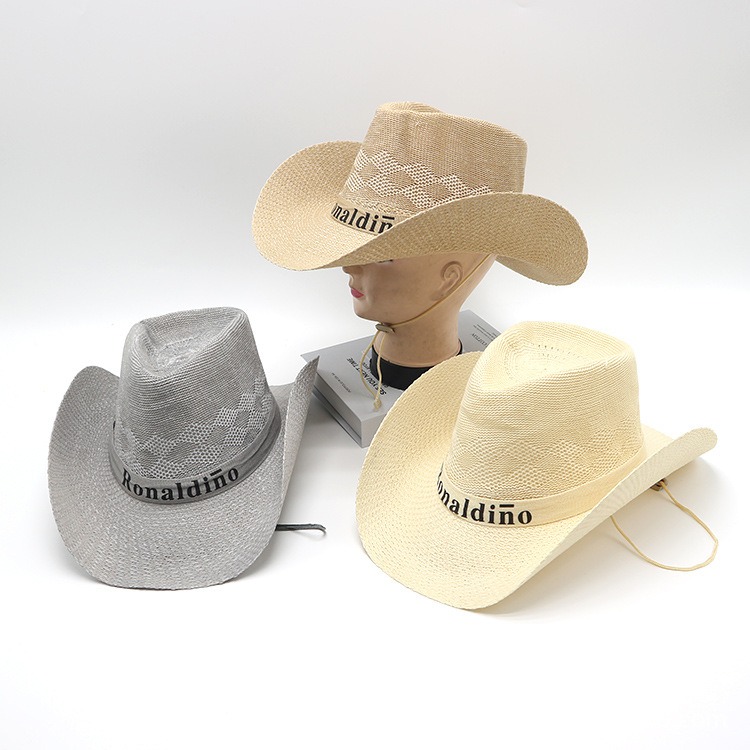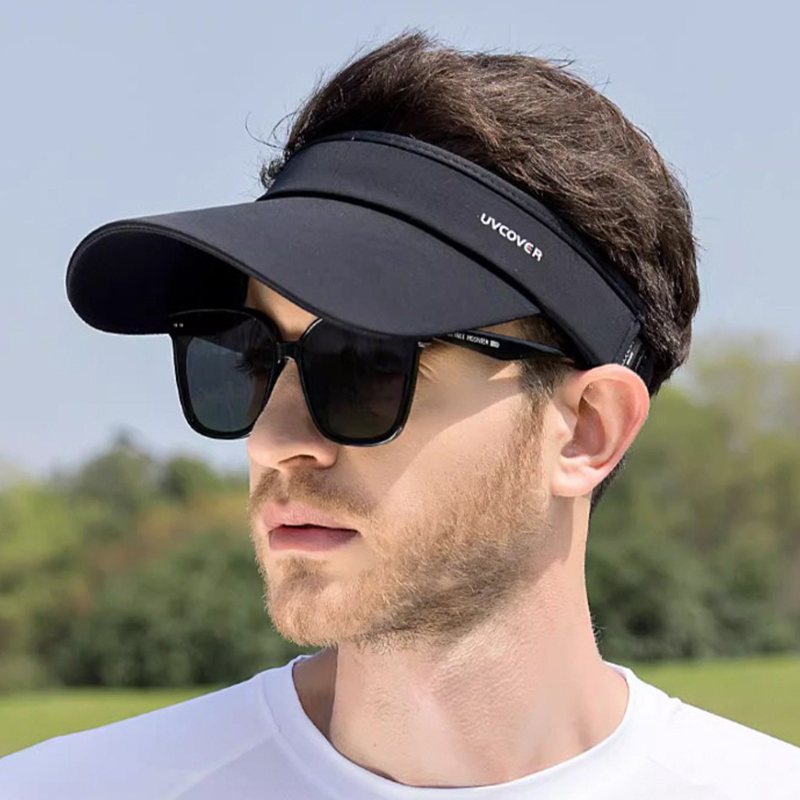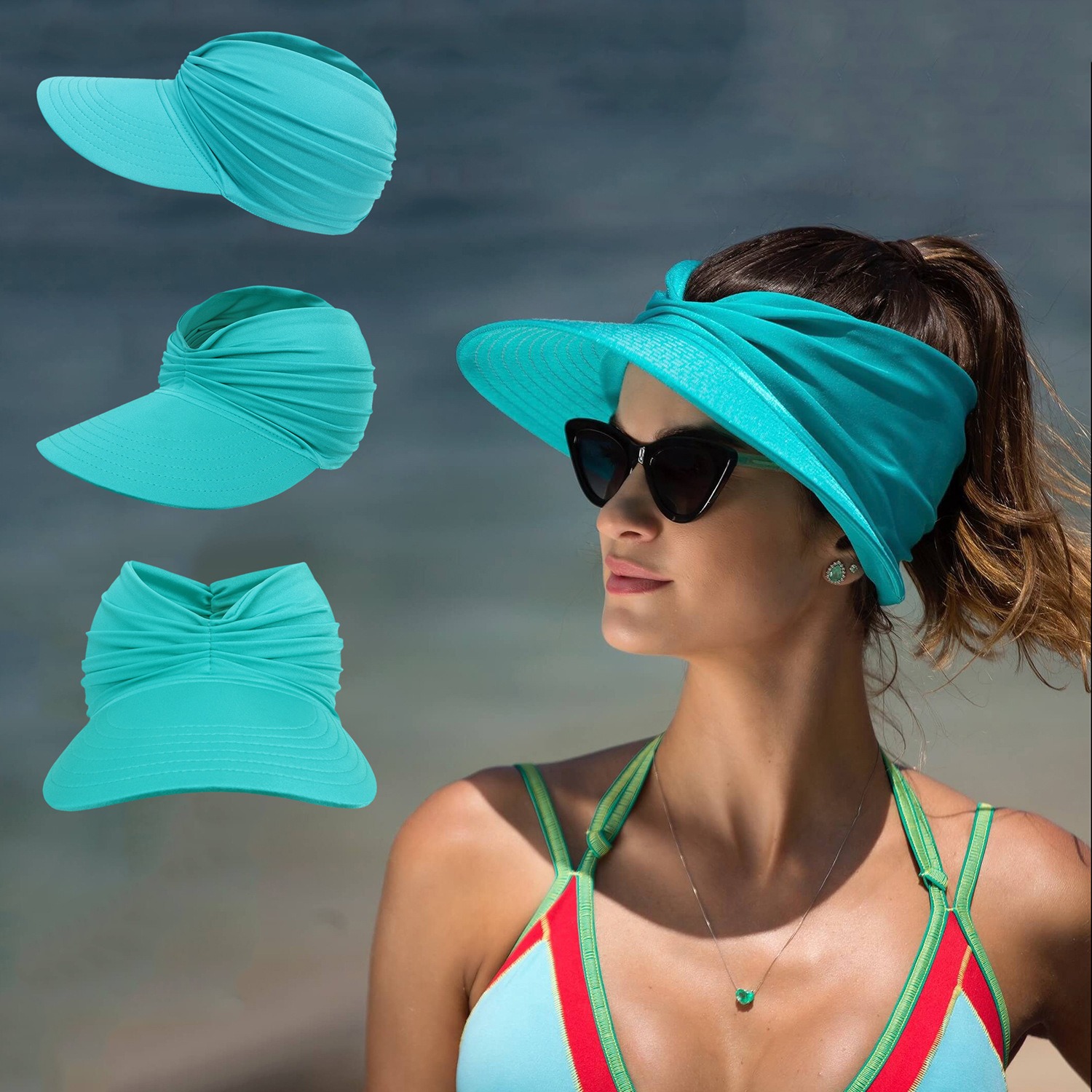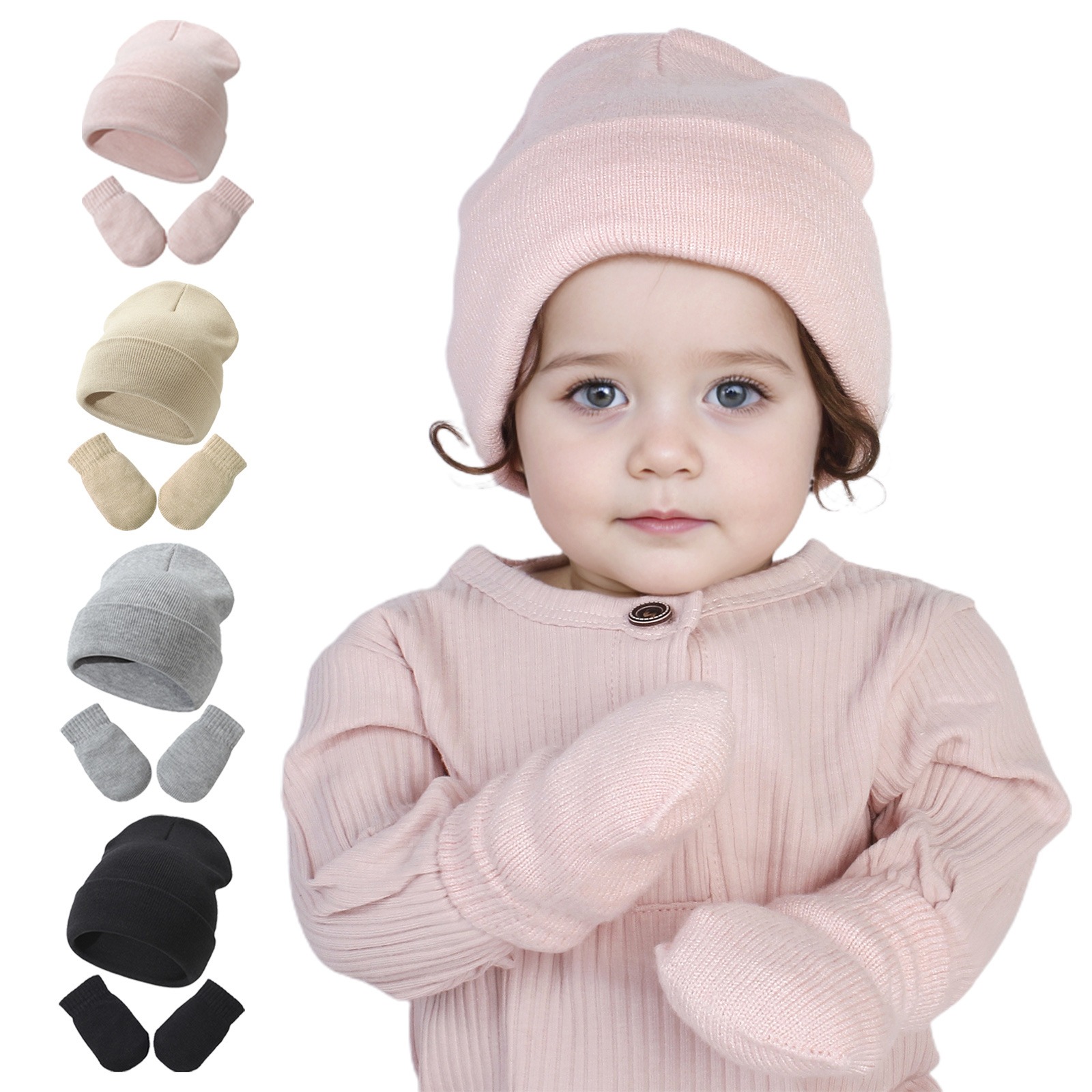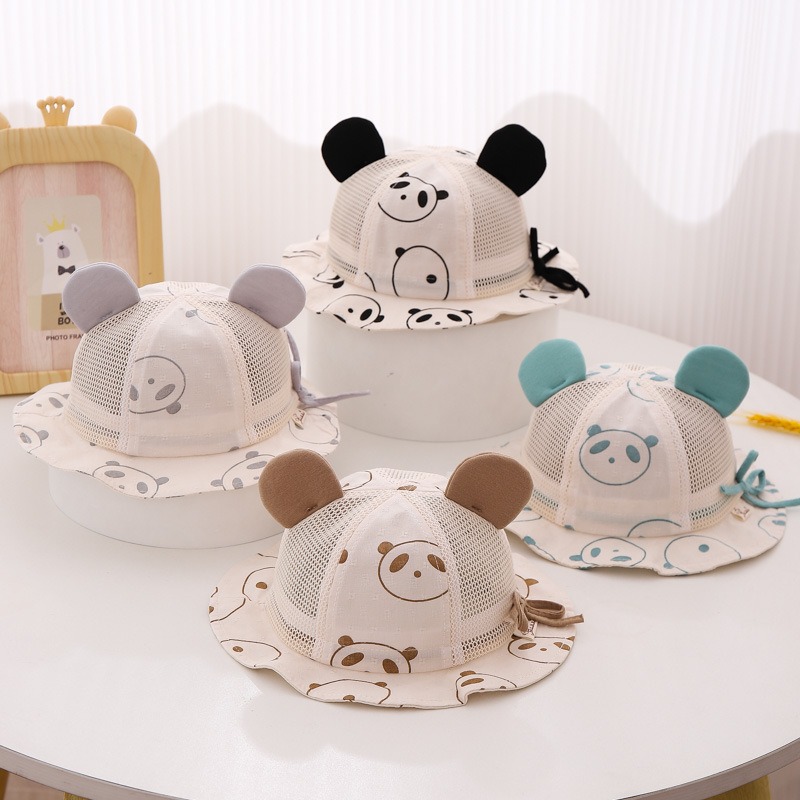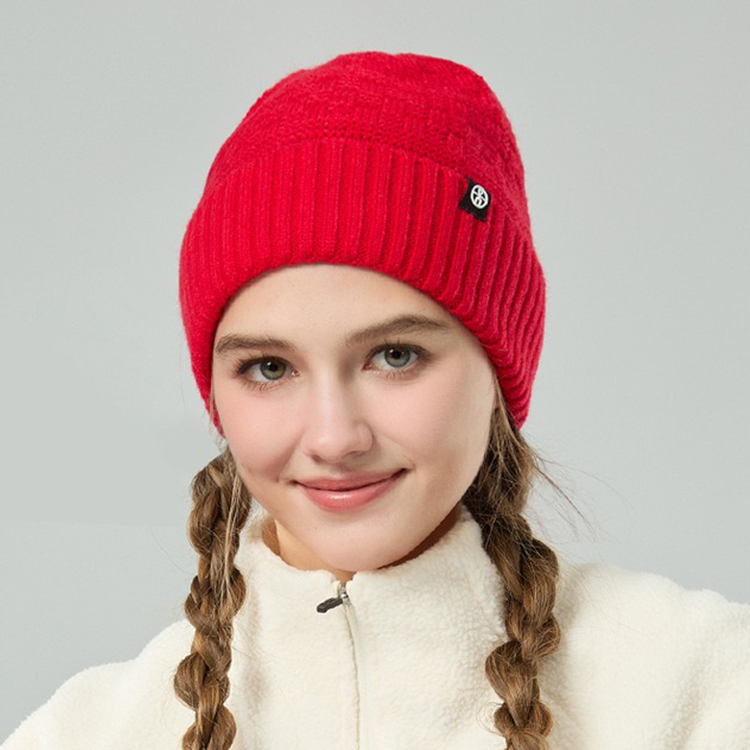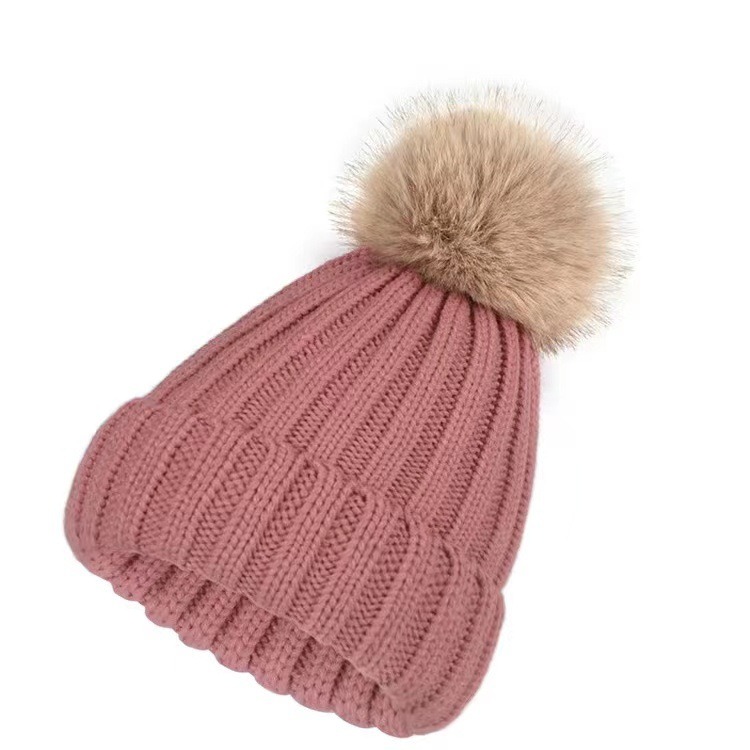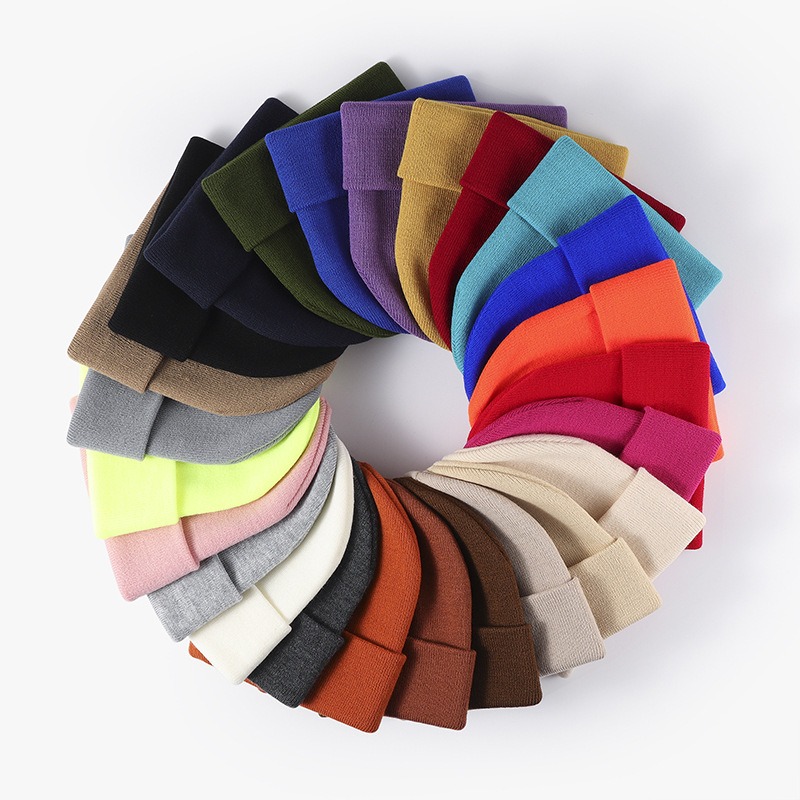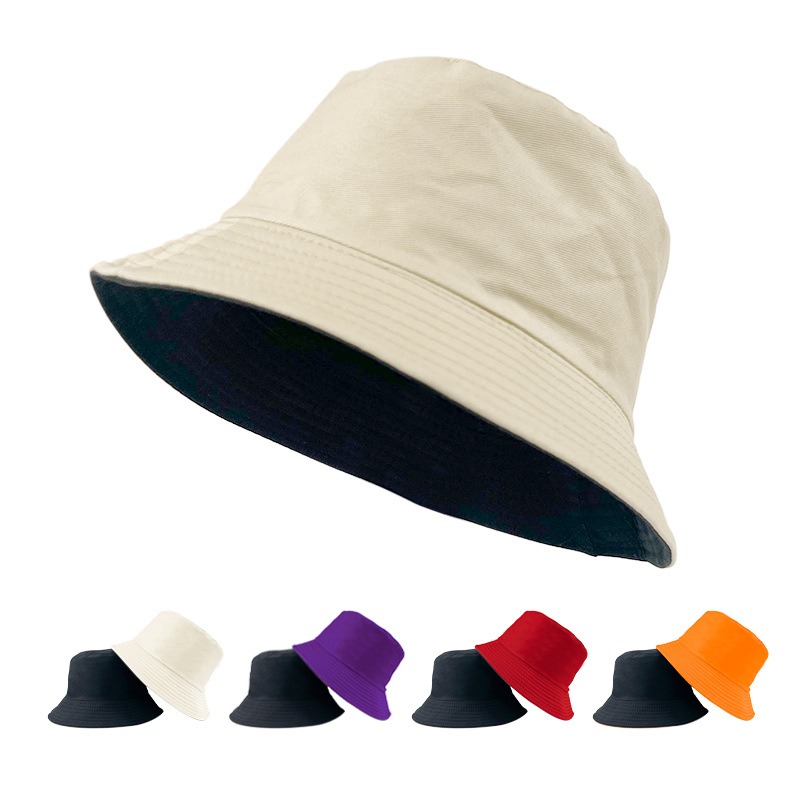Nike baseball caps, iconic in sports and fashion, have a legendary developmental journey. From Nike's birth to the cap's launch and subsequent widespread influence across sports, street culture, and fashion, they've carved out a unique brand narrative.
Early Origins and Brand Background
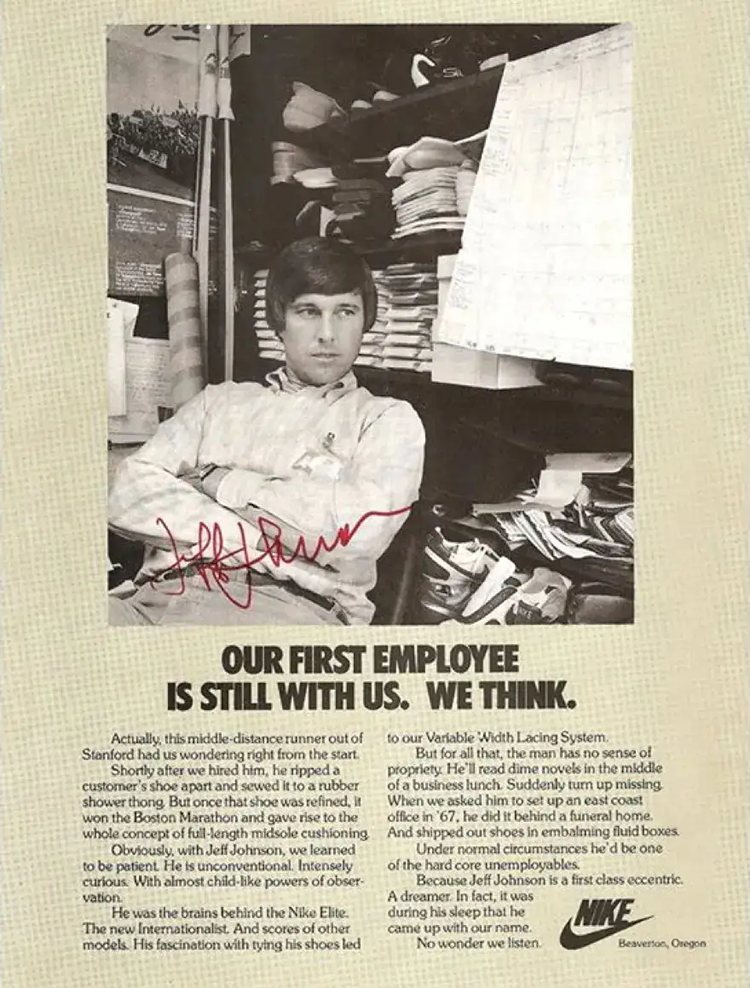
Nike's Foundation: In 1964, Phil Knight and Bill Bowerman founded Blue Ribbon Sports in Oregon, Nike's predecessor, initially importing and selling Japanese running shoes. Renamed Nike, Inc. in 1971, the company introduced the Swoosh logo, designed by student Carolyn Davidson. Symbolizing the Greek goddess of victory's wings, it became a key visual identifier for Nike.
Rise of Baseball Caps: Baseball caps emerged in the mid-19th century with the rise of baseball in the US, initially for sun protection and glare reduction. Over time, they evolved from sport-specific gear into casual accessories.
Birth and Development of Nike Baseball Caps
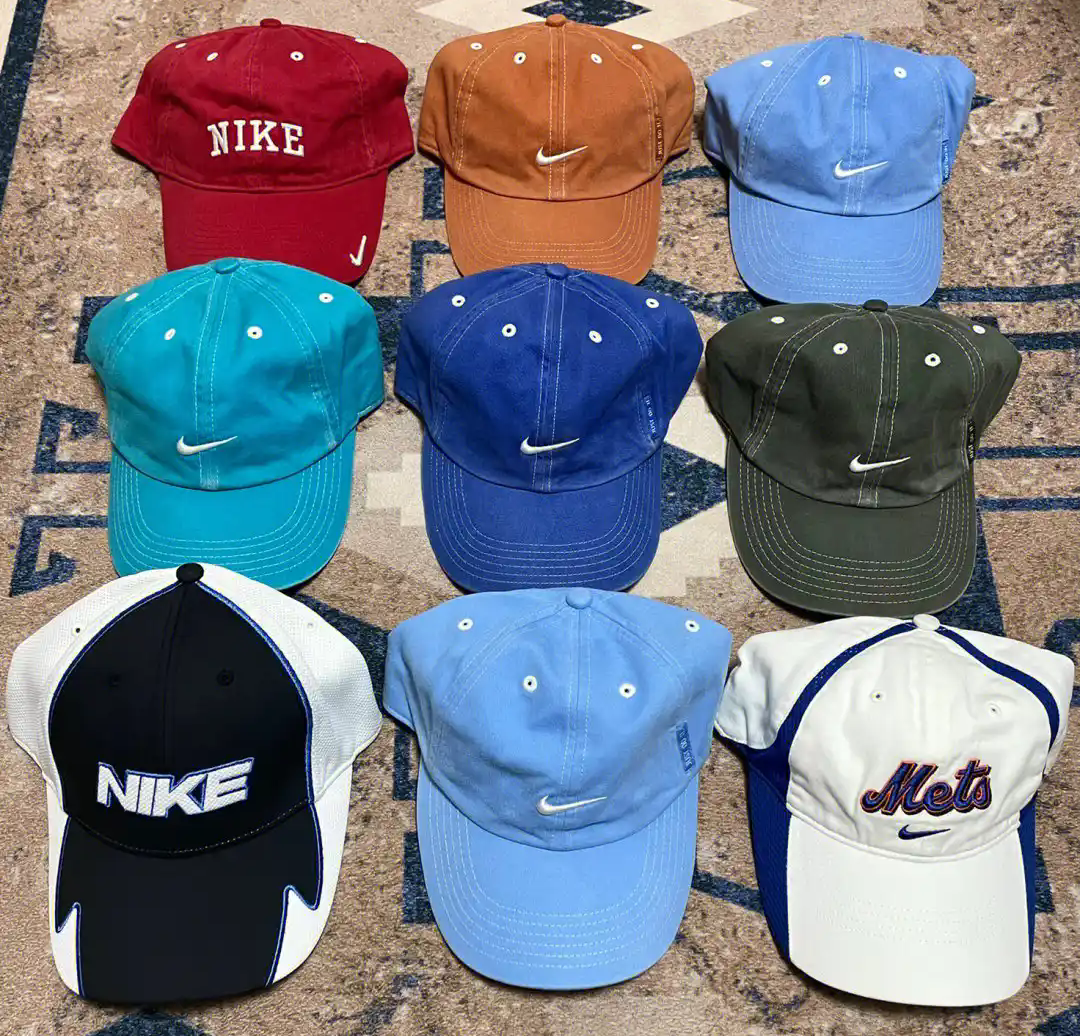
Early Exploration: In the late 1970s to early 1980s, Nike ventured into baseball cap production, focusing on functionality and comfort for athletes. The caps, made of breathable cotton, featured simple designs for various sports scenarios.
Collaboration with Professional Teams: In the mid-1980s, Nike partnered with professional baseball teams, providing custom caps with team logos and colors. This boosted Nike's sports - related reputation and popularized caps among fans.
Technological and Design Innovations: From the 1990s to the early 21st century, Nike leveraged its tech and design strengths to innovate caps. Breathable mesh designs enhanced ventilation, adjustable straps and Velcro improved comfort, and diversified cap shapes met different consumer needs.
Market Expansion and Cultural Impact
Sports and Leisure Markets: After succeeding in sports markets, Nike shifted focus to leisure markets. Through ads and promotions, it positioned caps as a key sporty - casual accessory. Product strategies were adjusted to introduce more casual - oriented caps with fashion elements like embroidery and prints, offering a wider range of colors and patterns.
Integration with Street Culture: At the turn of the 21st century, street culture boomed globally. Nike caps, with their brand charm and fashion sense, became integral to street culture. Collaborations with streetwear brands on limited - edition caps further fueled their popularity. Nike caps became iconic accessories for young people in hip-hop and skateboarding circles to express themselves.
Leading Fashion Trends: Recently, Nike caps have gained significant influence in fashion. They now appear on fashion show runways, serving as a medium for designers' visions. Collaborations with high - end brands have elevated baseball caps to a prominent position in fashion.


